
半導體外商的小小螺絲釘,遊走於廢青與社畜之間。熱愛閱讀,喜歡透過書本探索外在、內化自我。希望藉由書寫打開與世界交流的一扇窗。 個人部落格:https://maxjamesread.com/
"Unforgettable Wenzhuantu Deepen Memory Method": The three-element learning method will make you no longer forget!
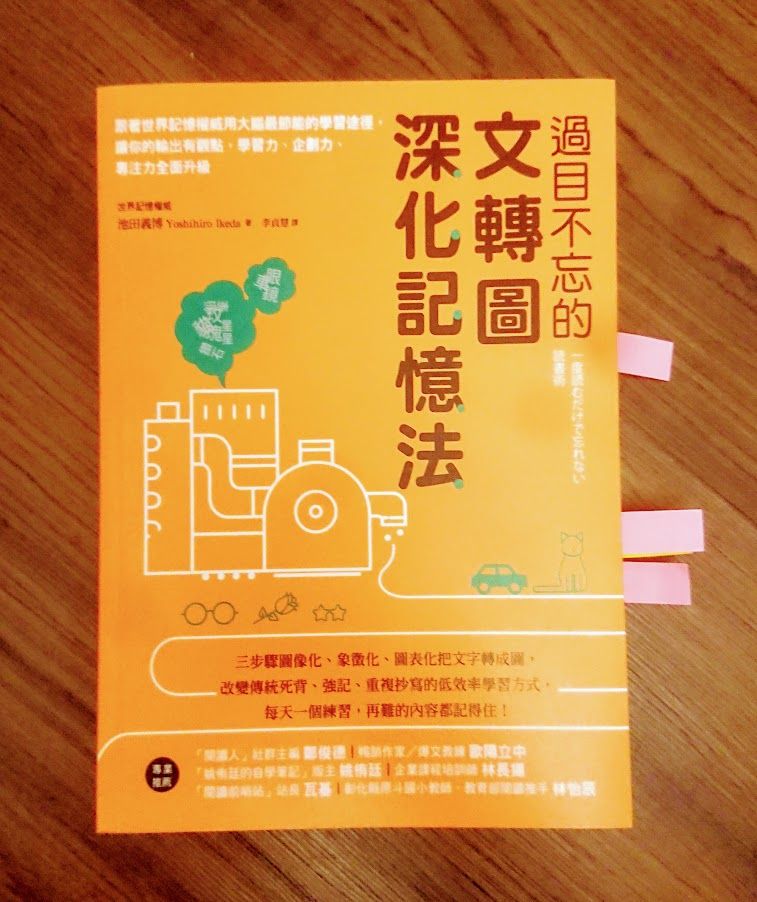
In this era of information explosion, do you feel that you browse a lot of knowledge content every day, but you can't remember it, and you will hate less when you use it? Let this "Unforgettable Text-to-Picture Deepening Memory Method" help you solve this trouble!
The author of this book, Yoshihiro Ikeda, has won the Japanese Memory Championship six times, and is simply a memory demon. And the method he uses is the " Wen Zhuan Tu deepening memory method " as the title says.
This article will be divided into 3 parts, the first part will explain why reading text is difficult to remember and internalize knowledge; the second part will explain how to use three elements to operate the text-to-picture memory method; finally, the third part will talk about My way of doing it.
【1. Why can't you remember?】
Why does the traditional method of reading word by word always fail to keep knowledge in mind? The reason is that the brain does not like this way of absorption.
The method of memorizing keywords obtained from reading words is academically called semantic memory ; in contrast, the method of memorizing by images is called event memory . Compared with the two, event memory is closer to the thinking mode of the brain, and it is easier to be remembered.
Simply put, our brains prefer images to words .
And there is a reason for such differential treatment. In the 200,000-year evolution of human beings, writing is actually a product that was invented thousands of years ago. For the human brain, words are much less intuitive than images, so the brain is more inclined to digest image information preferentially. That's why "a picture is worth a thousand words". Because the "factory setting" of the brain is inherently more image-oriented.
Okay, I'm sure you've heard the saying about visualizing information. But how exactly? Let's keep reading!
【2. Text-to-picture memory method】
If we only say in general that we need to convert text into pictures, we will encounter many problems in practice. For example, many abstract words (such as freedom, human rights) do not have concrete images to use. In addition, simply and crudely visualizing words cannot show the relationship between words, resulting in fragmented knowledge learning.
To break through this situation, we must use the three elements of memory: images, symbols, and diagrams to transform words.
[1. Graphicalization]
The first element is the purest pictorialization. Objects are words that correspond to figurative images. Simply put, it is something that is visually visible (such as a house, a cat, a cup).
Try this exercise to strengthen your visualization skills:
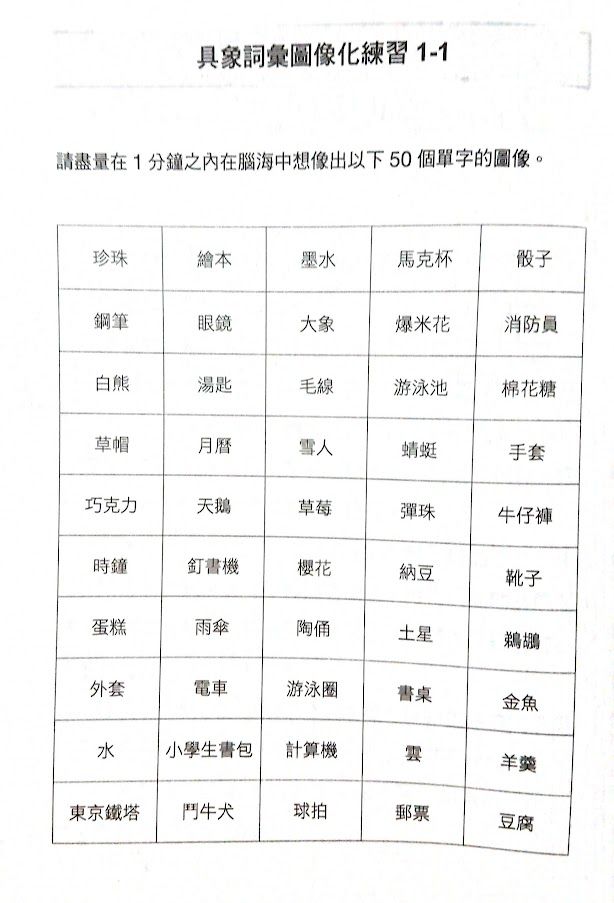
[2. Symbolization]
The second element is the symbol. Symbolization is used to deal with abstract words (such as cute, furry, peaceful).
Different from the objects visible to the naked eye, each person's perception of these things will be somewhat different, and the imagined patterns are also very different. Which image is the correct one? The author believes that there is no standard answer to this. The point is to be able to skillfully translate abstract words into familiar pictures.

[3. Charting]
The last element is the chart. The article is not just a mere stack of words, but also the logic, association, relationship or structure it wants to convey. Therefore, when the text is transferred to the picture, it is not just a matter of converting all the words into pictures, but also must make these things connect in series, so that the memory will not be fragmented.
For example, when elements such as A, B, C, and D appear in the article, in addition to imageizing these elements individually, it is also necessary to sort out their relationships. For example, their importance is C>B>D>A, or the logical order is D→A→B→C, etc.
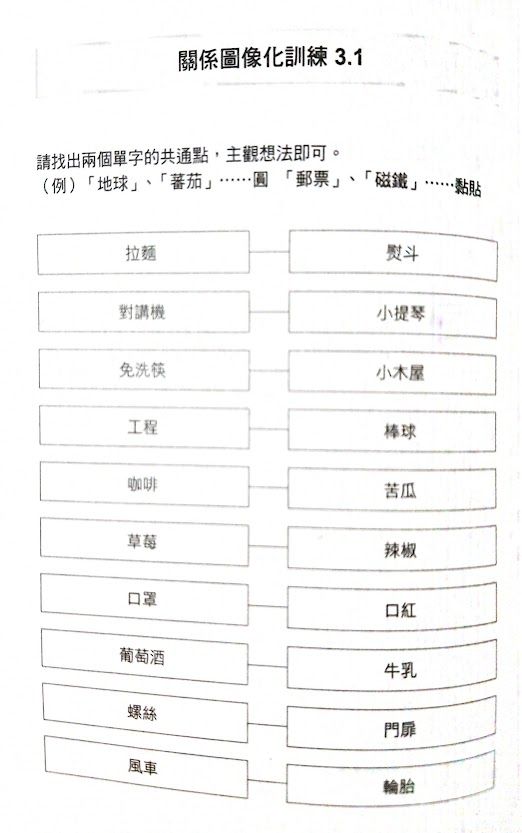
The book provides a large number of practice questions (nearly 100 pages) for the three transformation methods, and you can play and watch if you are interested.
Finally, give an example from the book to make you feel a little bit. If you were to describe the proper term "deflation" in words, you would see the following description:
The so-called deflation refers to the phenomenon in which the prices (prices) of daily necessities and services fall across the board. In deflation, goods cannot be sold, leading to a recession. On the other hand, corporate performance has deteriorated, employee wages have decreased, and layoffs have increased the number of unemployed. As a result, the income will be reduced, and consumers will not dare to consume. Therefore, it is easy to fall into a vicious circle such as enterprises having to lower prices to sell in order to dispose of inventory.
Is it complicated? It would be much clearer if represented graphically. The image below is the imagery memory provided by the author is the intent. You can try to judge how the three elements mentioned above are used in it.

【3. My practice】
In the process of reading this book, I was surprised to find that the pictures and texts I made for the book in Fanzhan and IG just applied the concept of the so-called text transfer memory method. Take the IG graphic I made for "The Selfish Gene" before as an example.
Like the gene in the figure below, it is the most basic visualization, which directly displays the gene in the form of a graph.
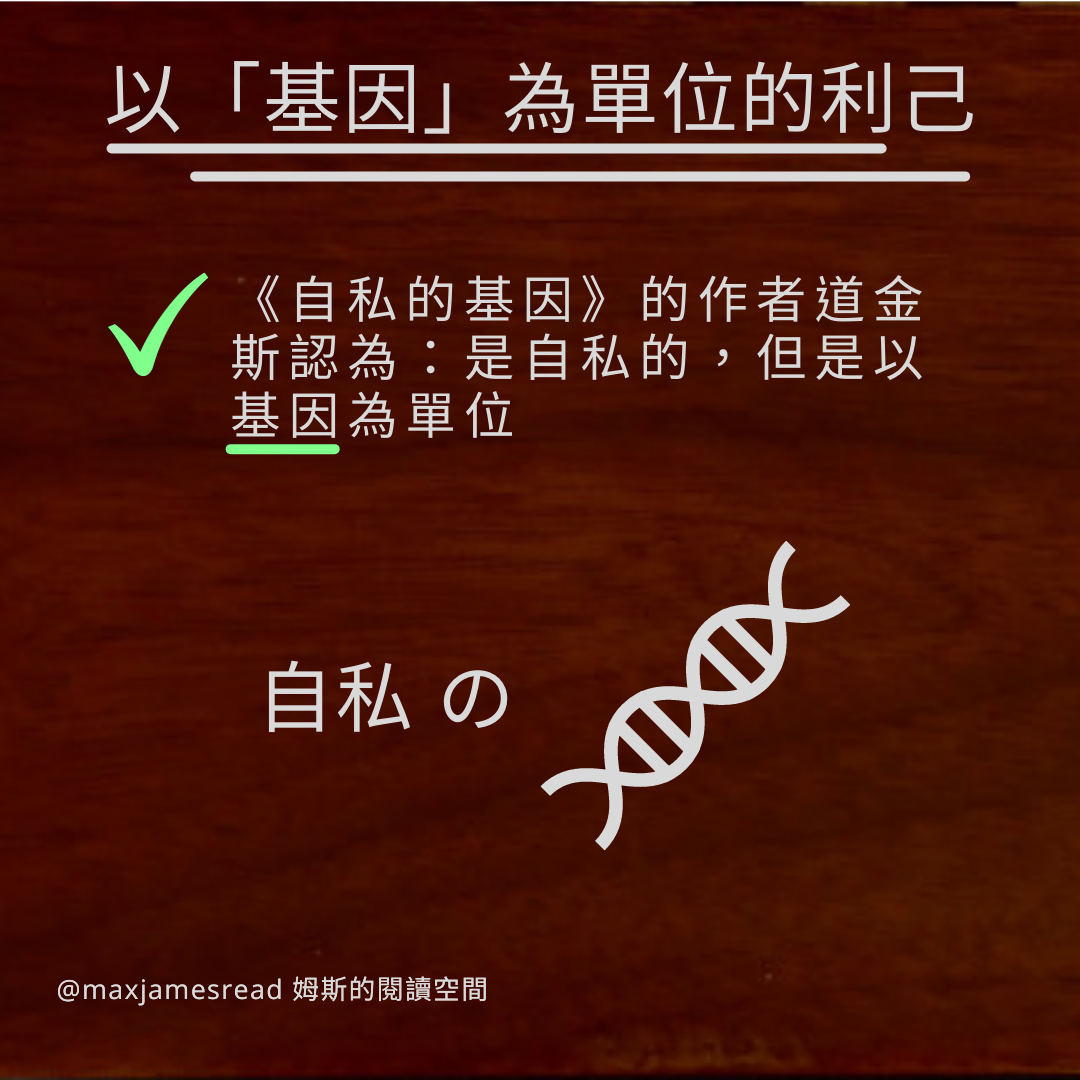
The figure below uses the interaction of the villain to represent the two abstract concepts of "self-interest" and "altruism", that is, symbolization.

In the picture below, the symbol ">" is used to express the concept of valuing relatives over strangers, which is a diagrammatic approach.
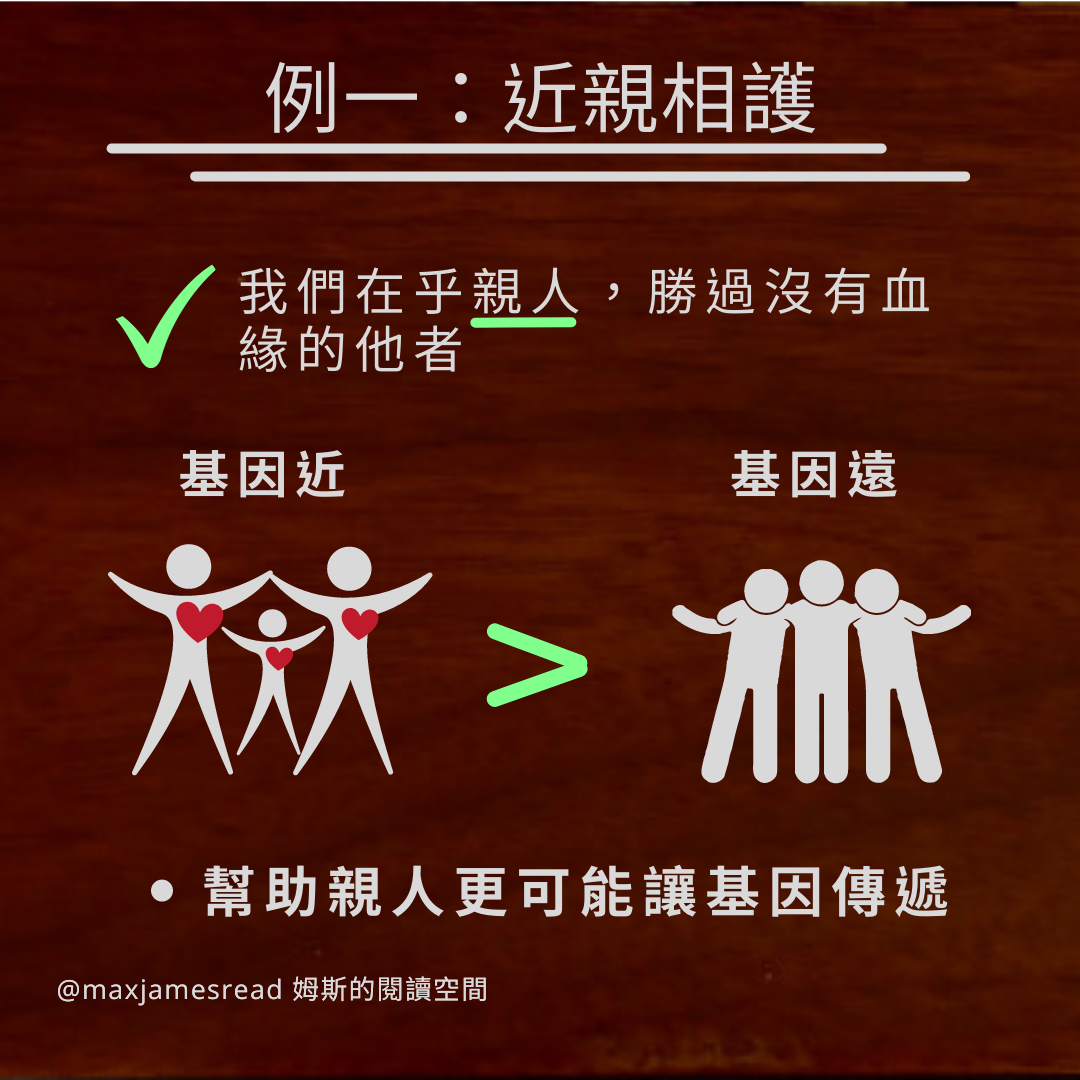
So if you want to have a deeper understanding and memory of the books you have read, it should be a good way to try to do pictures and texts yourself. Of course, if you don't have enough time, it's okay to simply demonstrate the image in your brain.
【Summarize】
Come to summary time. First of all, we understand that word memory is less intuitive for the brain, and images are more suitable for the brain. Then we introduce the text-to-picture memory method. As long as you make good use of the three elements of images, abstractions, and charts, you can operate smoothly. this method.
By the way, I would like to share a course with you: Become a SuperLearner® 2: Learn Speed Reading & Boost Memory . Although the name of the course is Super Learning and Speed Reading, the method used is the text-to-picture memory method in this book. In addition to explaining the method, this class also designs many interesting mini-games for you to operate on the ground. I feel that I can interact and practice with this book.
[Postscript: Text Value? 】
Finally, I want to talk to you about text. I don’t know if you will think, since images are more suitable for human absorption, why do you need to use words as a medium for transmitting knowledge?
In fact, more and more different mediums have appeared recently. Compared with text, the various pictures and short videos that are popular now can be said to be much more colorful. And according to the book, it’s also easier for the brain to absorb. It's no wonder that fewer and fewer people are reading now.
So do we still need text? I think the answer is yes.
For me, words still carry far more weight than any other medium. Compared with videos or pictures, the knowledge density of text is still the highest. Don't forget, this book about how to visualize text still uses text as a medium of delivery.
In addition, I think that in terms of learning, a better way would be to read through words first, and then translate them into images that can be better remembered and understood by yourself. If you just want to take shortcuts to see pictures and texts compiled by others, your understanding of a book is definitely limited and incomplete.
Having said all that, let’s just read (laughs). If you think the book is too long, maybe you can start with an article (such as this one?) and practice translating the text to see it! There is no shortcut to learning, only through your own efforts can you engrave knowledge into your brain!
Articles you may also be interested in:
- "The Brain Likes to Learn This Way": Stop studying hard, "Learning slowly" is faster!
- "Technology of Deep Learning": Take you to build a 5-level powerful learning system!
- "Learn English Speed Reading in 6 Lessons": Professor of National Taiwan University teaches you the "High Comprehension Speed Reading Method"!
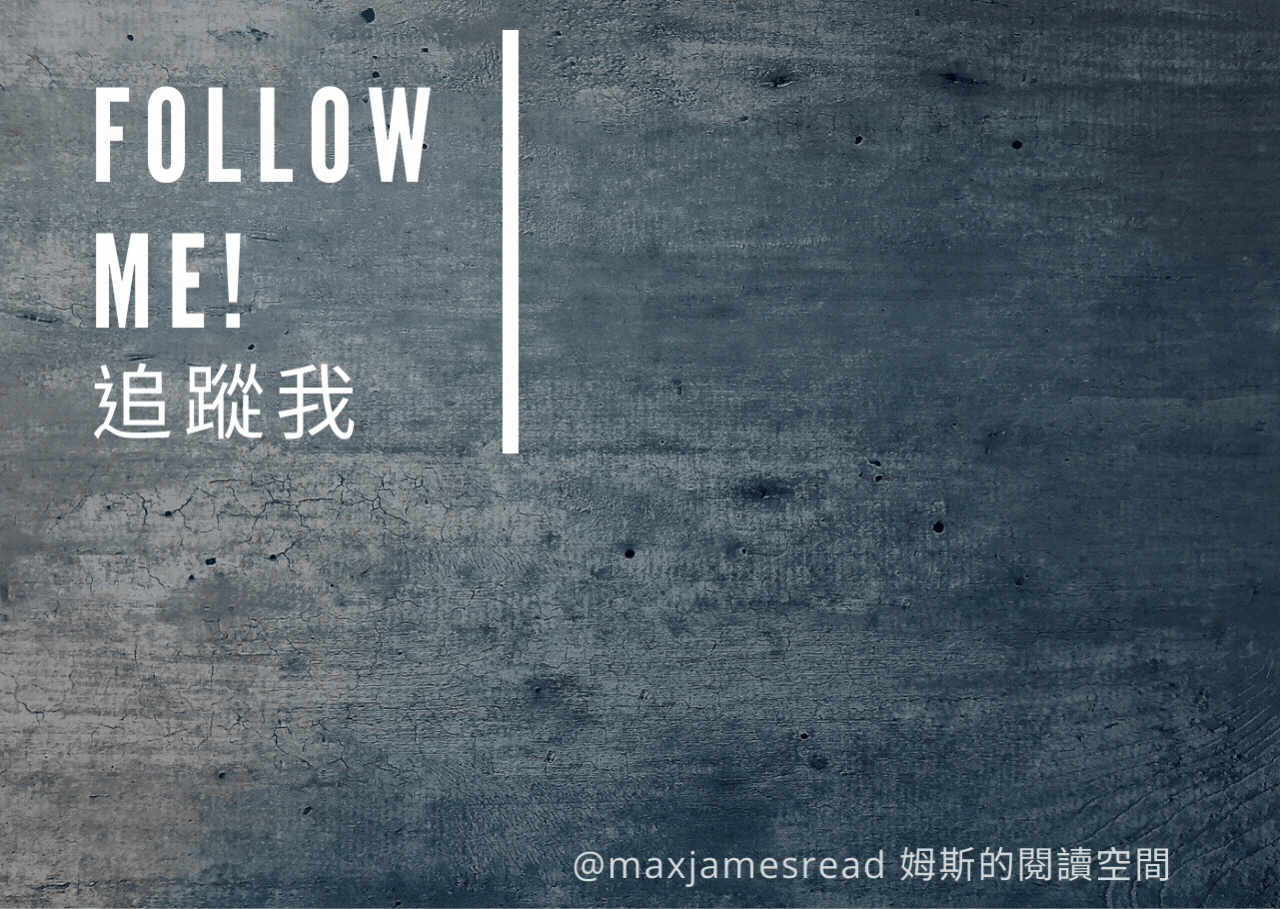
↓↓You are also welcome to follow the Facebook and mourning of "Mrs's Reading Space"↓↓
James' reading space FB
James' reading space IG
Like my work?
Don't forget to support or like, so I know you are with me..
Comment…